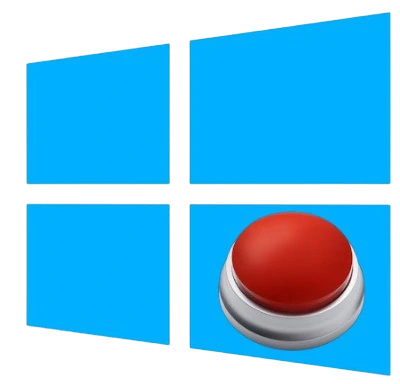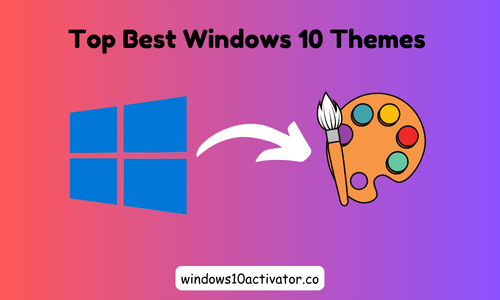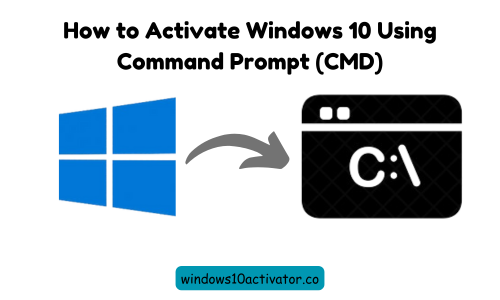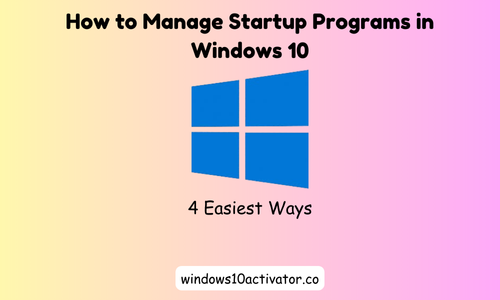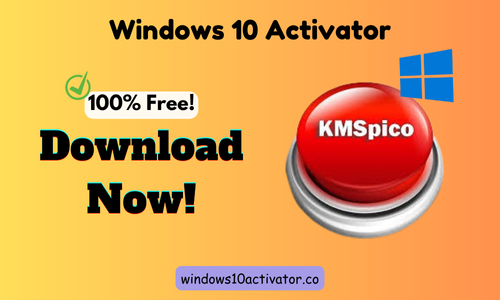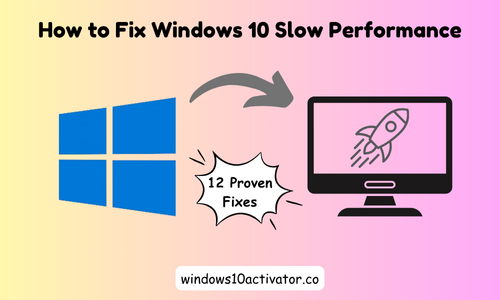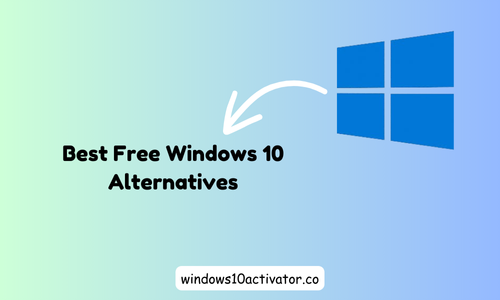How to Optimize Windows 10 for Better Performance (Step-by-Step Guide)
Is your Windows 10 PC running slower than usual? Over time, background processes, unnecessary apps, and outdated settings can take a toll on system speed. Fortunately, there are simple and effective ways to optimize Windows 10 for better performance without needing advanced technical skills.
Whether you’re working, gaming, or just browsing, a few smart tweaks can make a noticeable difference. In this guide, we’ll guide you through practical tips to boost speed, improve startup time, and keep your system running smoothly, all using built-in Windows tools.
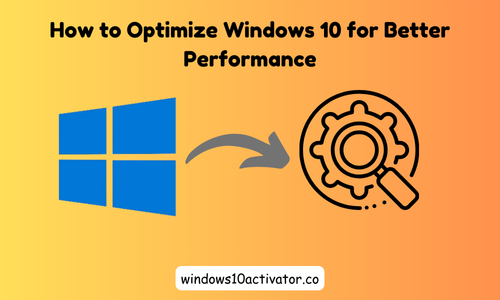
Still using an unactivated Windows 10 in 2025? Don’t worry, here’s a hassle-free activation link for you
Why Windows 10 Optimization Matters
Common Signs of a Slow Windows 10 PC
Before proceeding into solutions, it helps to recognize the red flags that indicate your PC needs attention:
- Slow boot or login times
- Delayed response when opening apps
- Frequent freezing or crashing
- High disk or CPU usage without explanation
- Lag during gaming or multitasking
These are all signs it’s time to optimize your Windows 10 system for better speed and stability.
Benefits of System Optimization
So, why optimize Windows 10 regularly? Here are the key benefits:
- Faster boot times
- Improved multitasking
- Enhanced gaming performance
Basic Windows 10 Optimization Tips for Everyday Users:
If you’re a casual user, start with these simple but effective tips.
Disable Startup Programs
Too many startup programs can reduce Windows 10 boot time significantly.
Steps:
- Press Ctrl + Shift + Esc to open Task Manager.
- Go to the Startup tab.
- Right-click and disable programs you don’t need at startup.
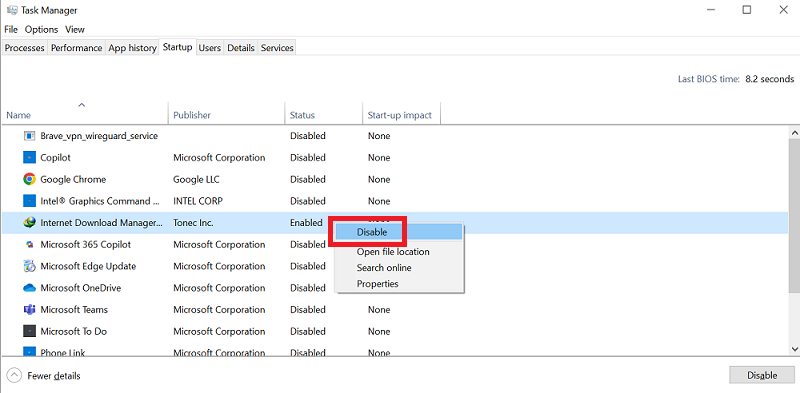
Uninstall Unused Software
Unused apps take up space and may run in the background.
- Open Settings > Apps > Apps & features.
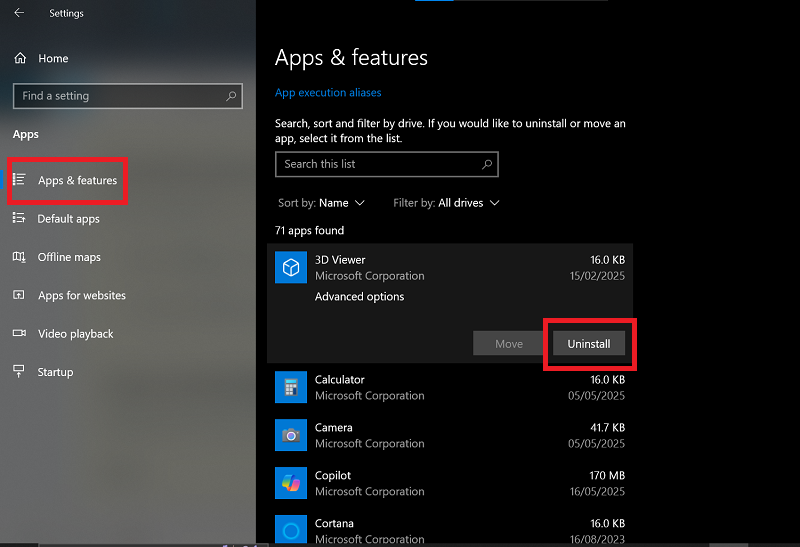
- Uninstall software you no longer use.
Clean Up Disk Space Using Storage Sense
Storage Sense is a built-in tool to delete temp files and clear space.
Steps:
- Go to Settings > System > Storage.
- Turn on Storage Sense and run a cleanup.
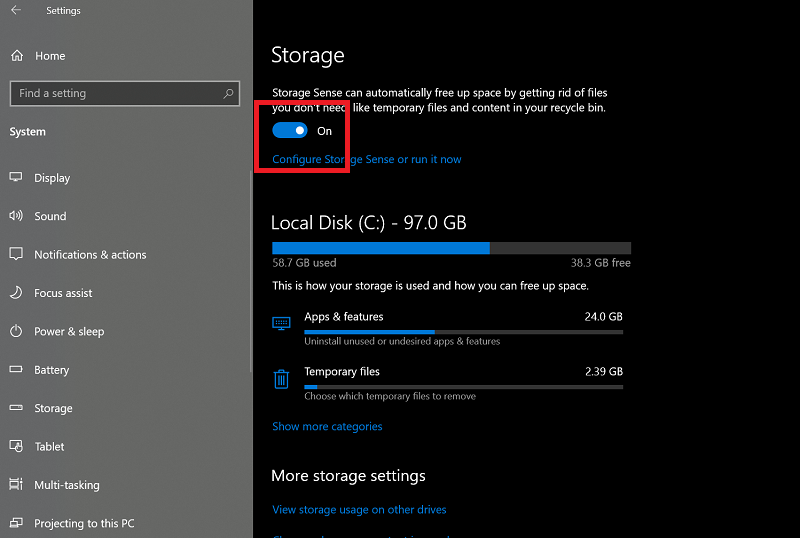
Restart Your PC Regularly
Many users never reboot their PC, causing slow performance. A regular restart clears RAM and stops resource-heavy background apps.
These basic Windows 10 speed-up tips are easy, safe, and deliver noticeable results.
Advanced Windows 10 Performance Tweaks
For more experienced users, these Windows 10 performance tweaks can give your system a serious boost.
Adjust Visual Effects for Best Performance
Disabling visual effects can free up system resources.
Steps:
- Press Win + R, type sysdm.cpl, and hit Enter.
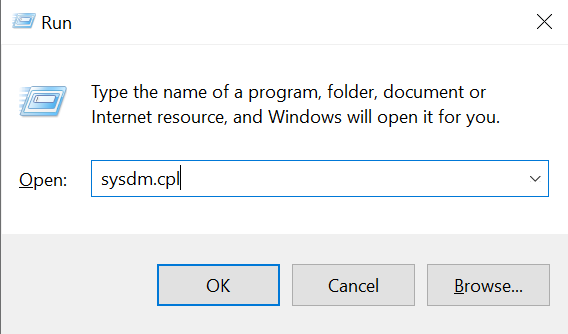
- Go to Advanced > Performance > Settings.
- Choose Adjust for best performance or manually uncheck effects.
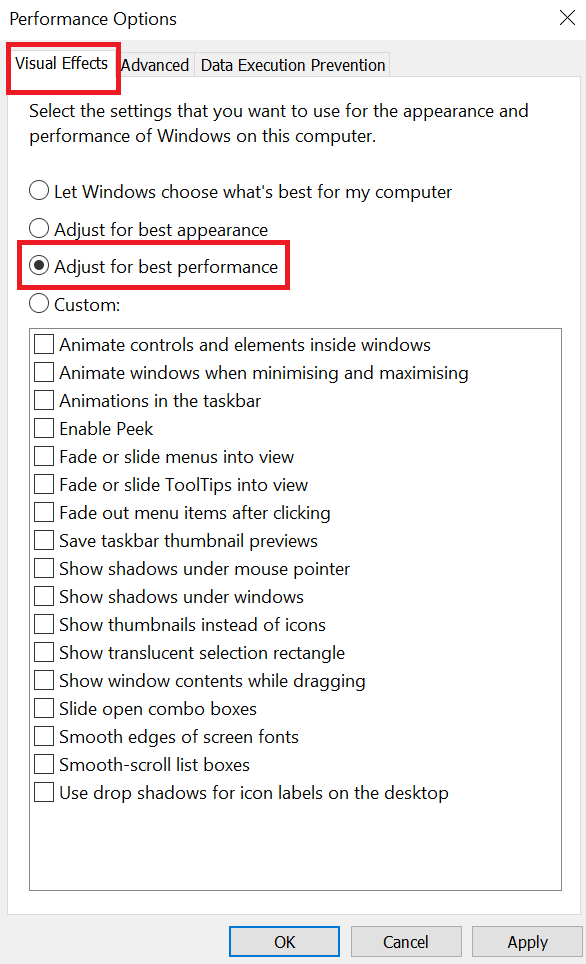
Modify Power Settings to High Performance Mode
Using the High Performance plan ensures maximum speed.
- Go to Control Panel > Power Options.
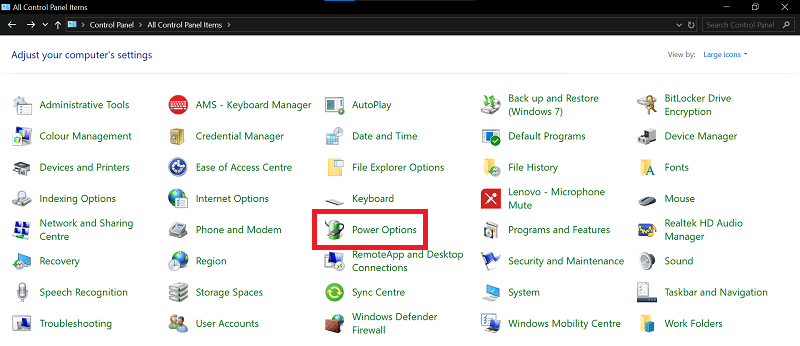
- Select High Performance.
Disable Unnecessary Background Services
Some services slow down your PC without offering value.
- Open Run (Windows + R) > services.msc.
- Identify Windows 10 services to disable like Print Spooler (if you don’t print), Xbox services, or Remote Registry.
⚠️ Caution: Only disable services you fully understand.
Use Task Manager to Monitor System Performance
Check CPU, memory, disk, and network usage.
- Open Task Manager (Ctrl + Shift + Esc) > Performance tab.
- Spot high-usage apps and take action.
These advanced customization tips give you full control over PC personalization.
Optimize Windows 10 for Gaming
Gamers need every ounce of performance possible. Here’s a quick guide on how to optimize Windows 10 for gaming:
Enable Game Mode
Game Mode prioritizes gaming performance by limiting background activity.
- Go to Settings > Gaming > Game Mode.
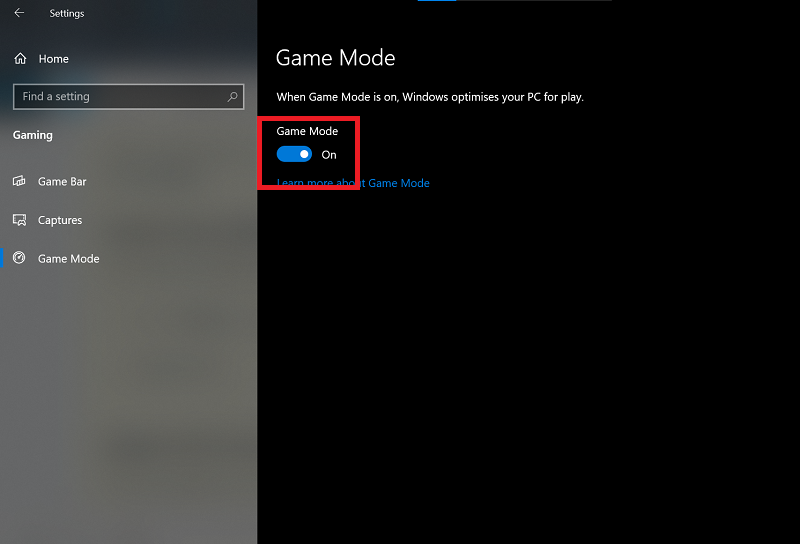
- Toggle it ON.
Update GPU Drivers
Outdated graphics drivers can cause lag.
- Visit your GPU brand’s site (NVIDIA, AMD, or Intel).
- Download and install the latest drivers.
Disable Xbox Game Bar and DVR
These features can interfere with gameplay.
- Settings > Gaming > Xbox Game Bar > Turn off.
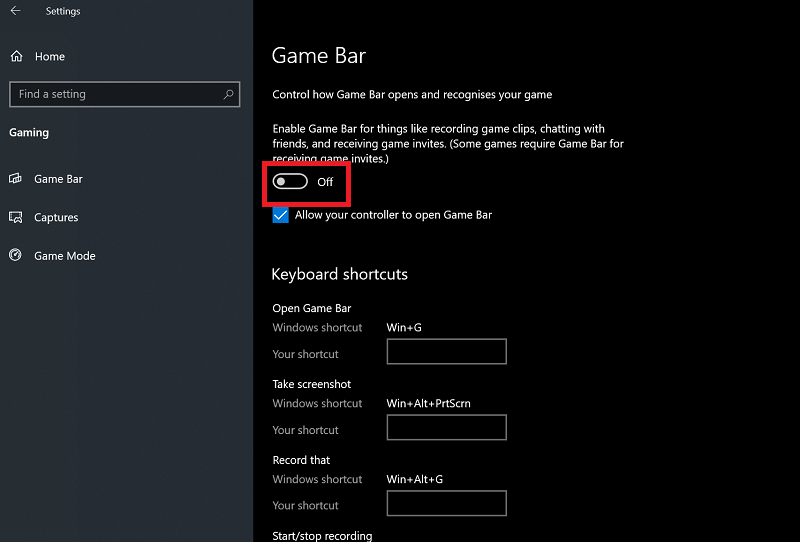
- Settings > Captures > Disable background recording.
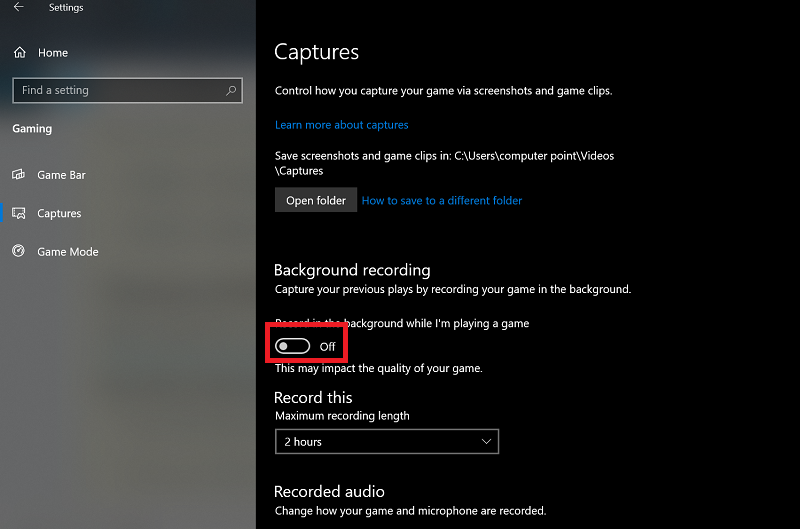
Cleanup and Maintenance Tips
Routine maintenance is essential to keep your system running efficiently.
Run Disk Cleanup or Use Third-Party Tools
- Open Disk Cleanup from the Start Menu.
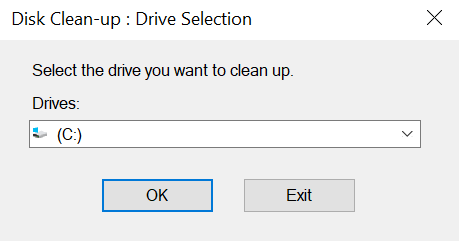
- Clean system files and recycle bin items.
Defragment or Optimize Your Hard Drive
If you have an HDD (not an SSD), fragmentation can slow it down.
- Search “Defragment and Optimize Drives” in Start.
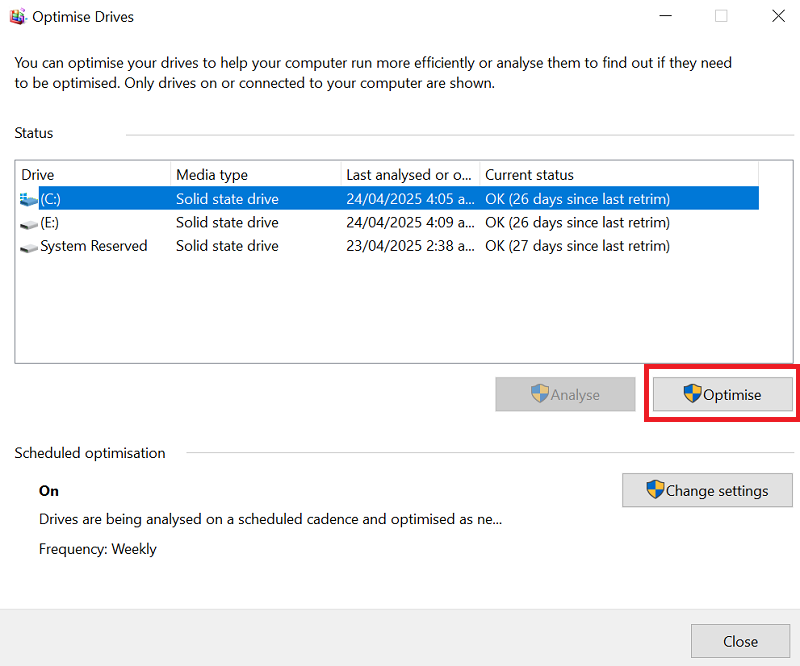
- Select your HDD and click Optimize.
In my case, I have an SSD. I don’t need to optimize it.
Check for Malware or Background Processes
Malware can hijack resources.
- Use Windows Defender or a trusted antivirus.
- Also check Task Manager for unknown apps.
These actions help clean up Windows 10 and free up RAM.
Regularly Update Windows 10 and Drivers
Keeping your system current ensures smooth performance and security.
Importance of Windows Updates for Performance
- Go to Settings > Update & Security > Windows Update.
- Check for updates and install them regularly.
How to Update Drivers Safely
- Use Device Manager to check each hardware component.
- Right-click > Update driver.
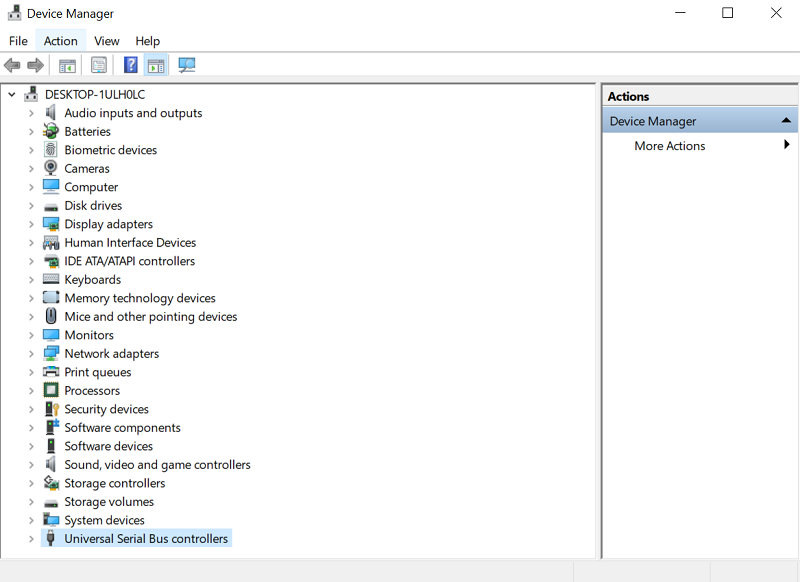
- Or use tools like Driver Booster for automatic updates.
Debloat Windows 10 for Better Speed
Too much pre-installed software (bloatware) can drag down performance.
What Is Windows 10 Bloatware?
These are manufacturer-installed apps like trial antivirus, games, or unnecessary tools.
Safely Remove Unwanted Pre-installed Apps
- Go to Settings > Apps.
- Uninstall what you don’t use (Cortana, Xbox, Skype, etc.).
FAQ:
1: How can I make my Windows 10 computer run faster without software?
You can improve performance by disabling startup programs, adjusting visual effects, enabling High Performance mode, and using built-in tools like Storage Sense and Disk Cleanup. For more tips, visit our blog page.
2: What are the best services to disable in Windows 10 for better performance?
Services like Xbox Live, Print Spooler (if unused), and Windows Search can be disabled to free up system resources.
3: Does Game Mode really help optimize Windows 10 for gaming?
Yes, Game Mode can help prioritize system resources for games, reduce background processes, and improve overall frame rates during gameplay.
4: How often should I perform Windows 10 optimization?
Basic optimizations like cleaning disk space and disabling startup apps should be done monthly. Advanced tweaks can be reviewed every 3–6 months or after major updates.
